Exploring SE Montana history: State parks & national monuments
Note, this post, by Karen Warren, was first published on her website: World Wide Writer.
One of the many reasons to visit Montana is its long and rich history. Some of the best places to explore that history in southeastern Montana are the state parks and national monuments. And you can also discover history of a different kind: natural history and geology.
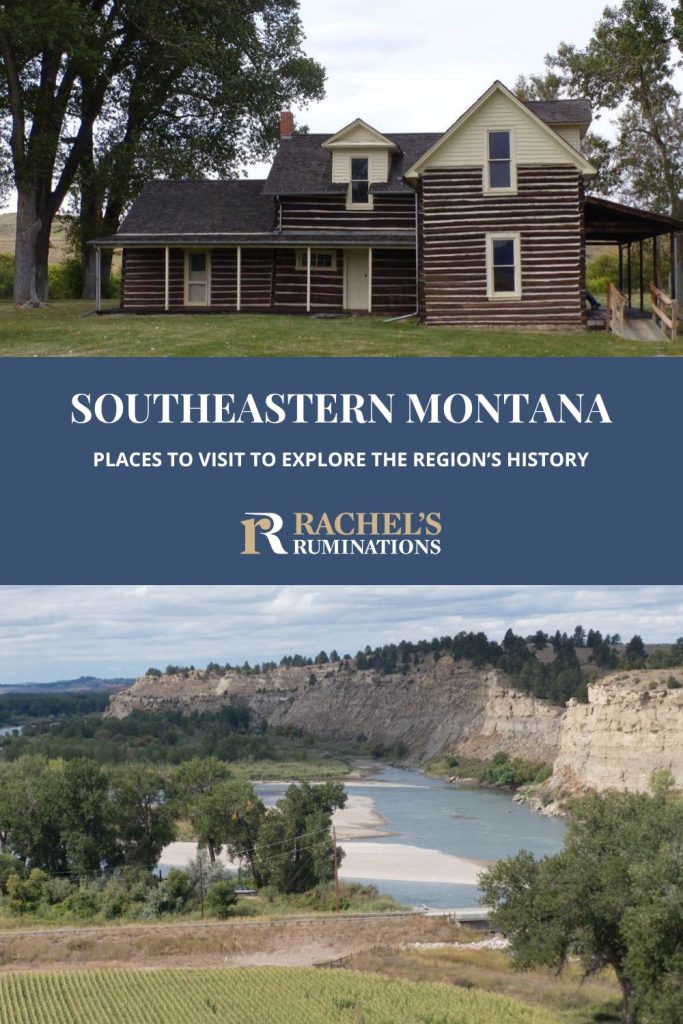
Disclosure: This article contains affiliate links. Making a purchase through an affiliate link will mean a small commission for this website. This will not affect your price.
The long history of southeastern Montana
Montana’s history stretches back to prehistoric times with the ancestors of today’s Native Americans. Those that today live on reservations in Montana traditionally lived nomadic lives in this region: the Crow, Blackfoot, Cheyenne and some branches of the Sioux. The area was first explored by American settlers when the Lewis and Clark Expedition charted the Yellowstone River in the early 19th century. The discovery of minerals (gold, silver, coal and – more recently – oil) encouraged settlement and led to conflict with the Native Americans. And, of course, there was the famous Battle of the Little Bighorn.
Much of this history was played out in the southeast corner of Montana, and can be explored in the places where it actually happened. I was able to explore four of these sites – two state parks and two national monuments – all within easy reach of Billings, the main city in Montana. Each one offered an insight into the history of the region and its geology and natural history. And they all had fabulous views!
Chip, our guide on this trip, was a 4th-generation Montanan whose great-grandfather had been herding cattle the day that General Custer died. With that kind of pedigree he had a lot of history to share, and he used it to bring the places to life.
The only realistic way to see these sites is by car, so arrange a rental car to pick up on arrival at the airport.
1. Pictograph Cave State Park
Start at the Pictograph Cave State Park, home to some of Montana’s very earliest residents. Archaeological evidence shows that human beings lived here as much as 9000 years ago. The caves in which they lived have been excavated, and thousands of primitive artefacts uncovered. The points of historical interest for today’s visitors are three visible caves, one of which – the Pictograph Cave – is still full of prehistoric rock paintings.
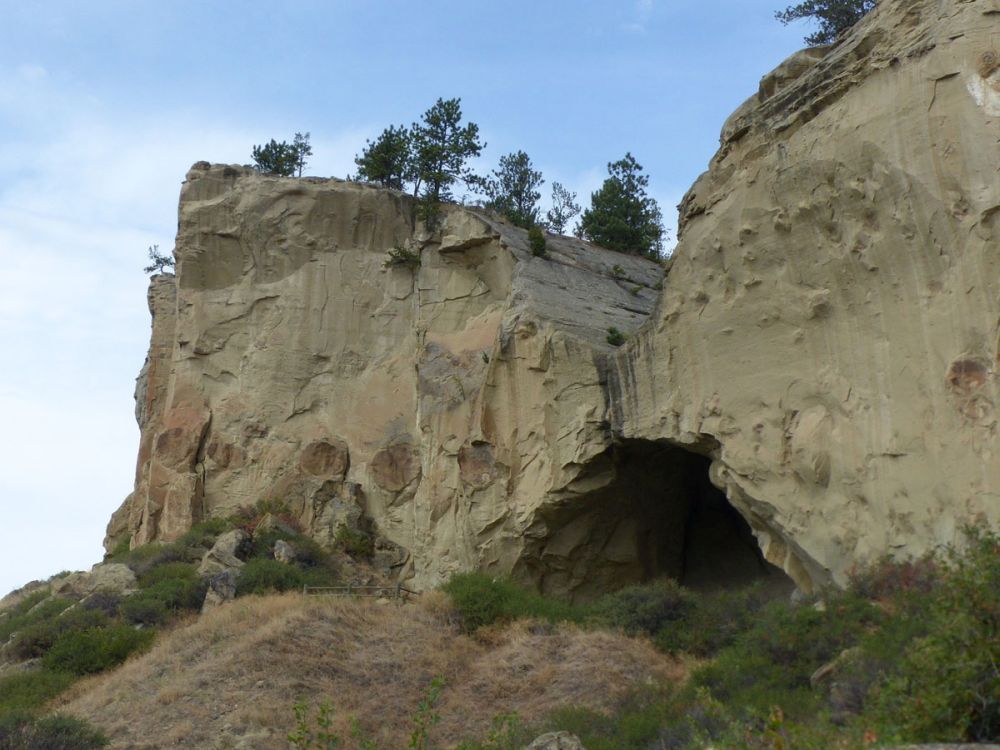
The pictures in this cave are up to 2000 years old, and show images of people and animals. Others are more recent. A line of rifles was added around 250 years ago, and illustrates the beginning of interactions between Native Americans and European settlers.
Another cave is called the Ghost Cave. In fact, before the site was excavated, the whole area was known as the “Indian Ghost Caves”. The Crow Indians believed that the paintings were the work of spirits as well as of living people. And tales of supernatural occurrences continue until this day!
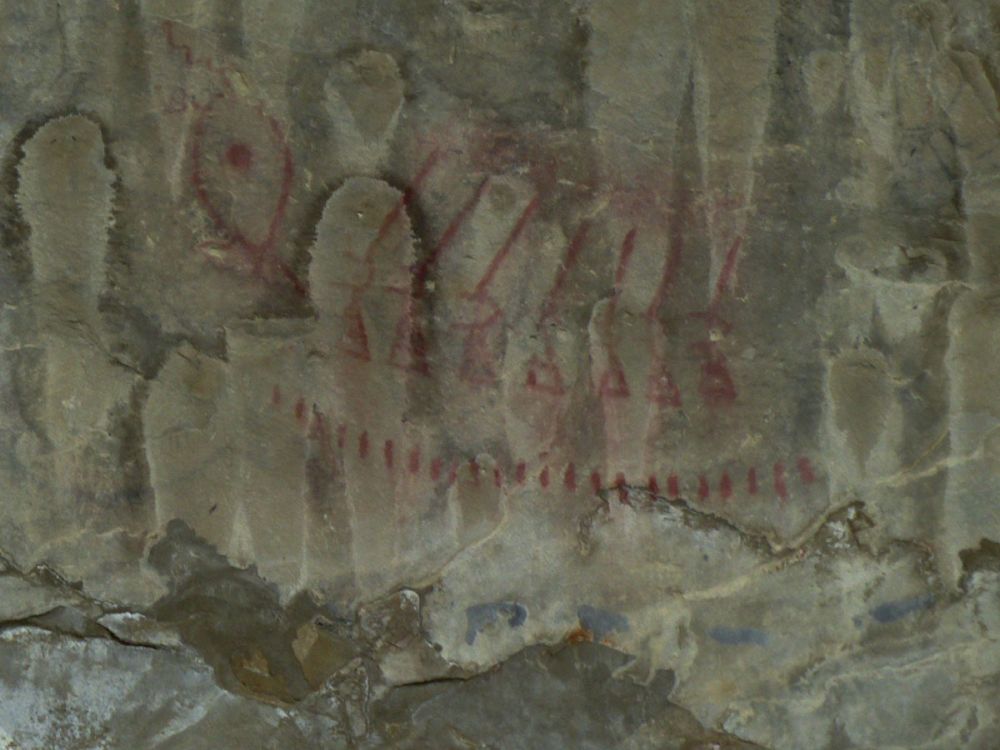
Exploring Pictograph Park
The Visitor Center has lots of information about the caves and their history. You can then explore for yourself by following a ¼-mile (400 meters) loop trail (a bit steep in places). Note that visibility of the rock art varies according to weather conditions, and binoculars are recommended to get the best view.
As you walk, look at the landscape around you. This is a haven for wildlife and plants. I only managed to spot a long grey snake (probably a yellow-bellied racer) and lots of grasshoppers. But I did hear a distant rattle that reminded me that there must be more exotic snakes in the undergrowth … The geology was interesting too: the caves are formed from the local Eagle Sandstone, with lots of weird formations including the round concretions in the Ghost Cave.
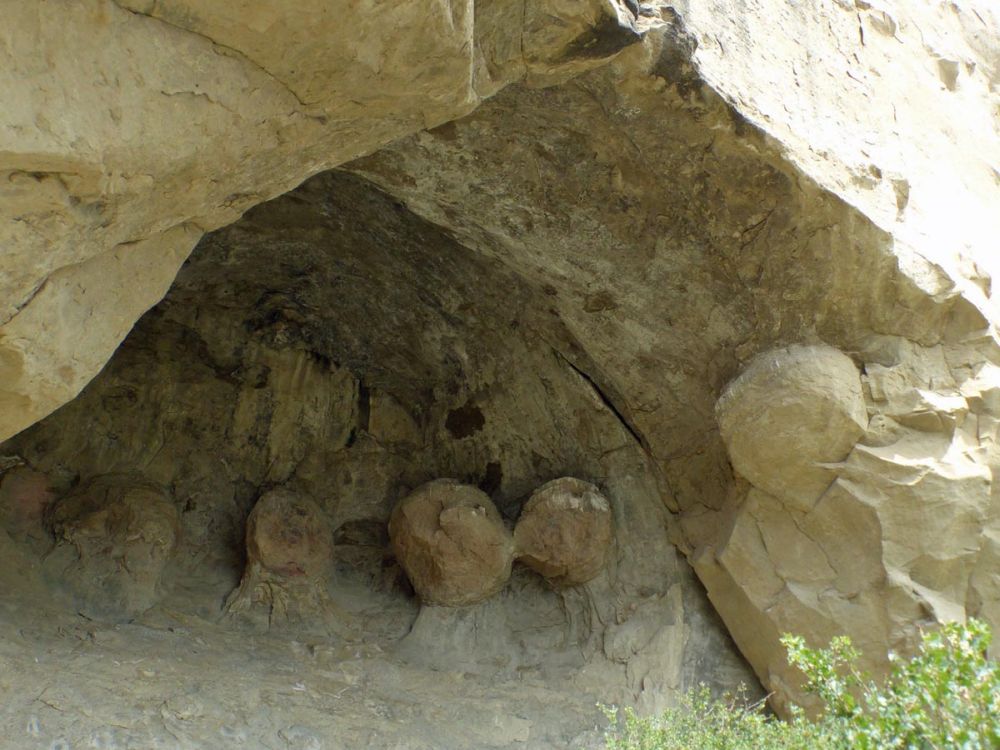
Pictograph Cave State Park: 3401 Coburn Road, Billings, Montana 59101, 7 miles southeast of Billings on route I-90, exit at Lockwood, then 6 miles south from there on Coburn. Open May-September daily 9:00-19:00; September-May open Wednesday-Sunday 9:00-17:00. A small fee (for those who are not Montana residents) is charged. Website.
2. Pompeys Pillar National Monument
Pompeys Pillar is a National Monument, and a stop along the Lewis and Clark National Historic Trail. This trail extends from Pittsburgh, Pennsylvania all the way to Oregon. Pompeys Pillar is on the Yellowstone River, and is one of the places where William Clark stopped during his exploration of the region in 1806. He recorded the site in his journal and – more significantly for visitors – he carved his name into the rock, leaving tangible evidence that he had passed that way.
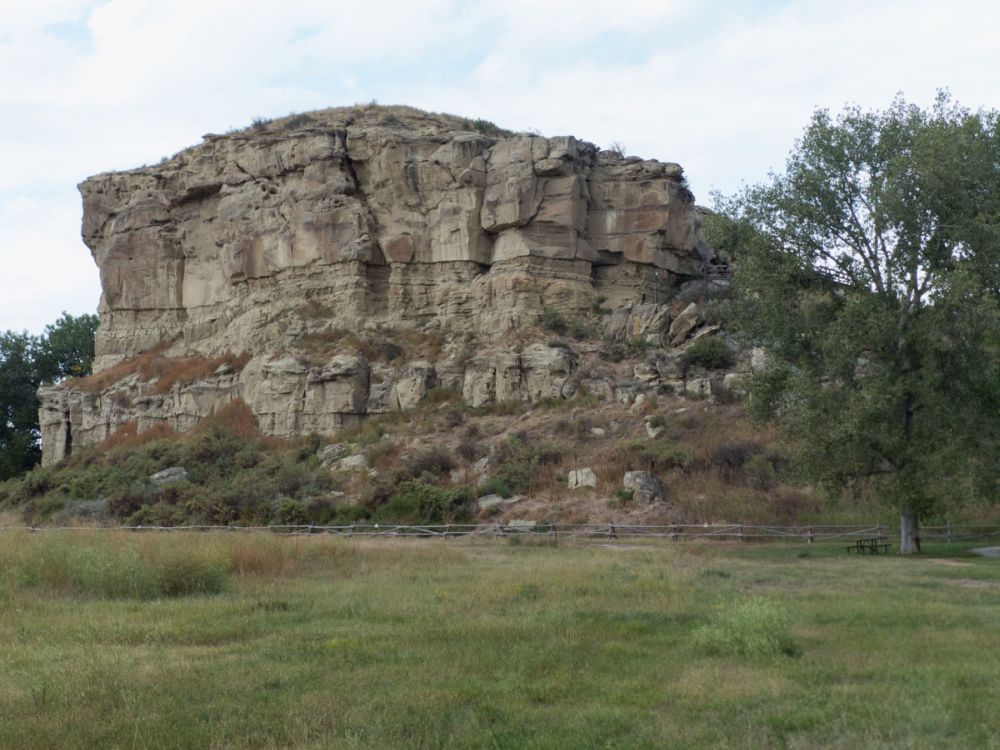
Pompeys Pillar is a massive sandstone formation that Clark named after the youngest member of his party, a child nicknamed Pomp. When you visit the site a series of information boards chart the route and the history of the Lewis and Clark Expedition, a detailed exploration of previously uncharted territory. You start to realise how intrepid the explorers were, and how remarkable it was that they managed to endure considerable hardship over thousands of miles with only one fatality.
If you want learn more about Native American history as well as do more of the Lewis and Clark National Historic Trail, consider this 6-day tour. To see more sites of natural beauty, you might enjoy this 11-day tour that includes Yellowstone and Glacier National Park as well as parts of the Lewis and Clark trail.
Historic signatures at Pompeys Pillar
But the history of Pompeys Pillar is about much more than just Lewis and Clark. It is also the story of those who came before, and those who followed afterwards. Before the arrival of American explorers, the geology and the strange rock formations attracted Native Americans. And the place where the plains met the river was fertile ground for hunting animals. People who came later included trappers, gold diggers and soldiers.
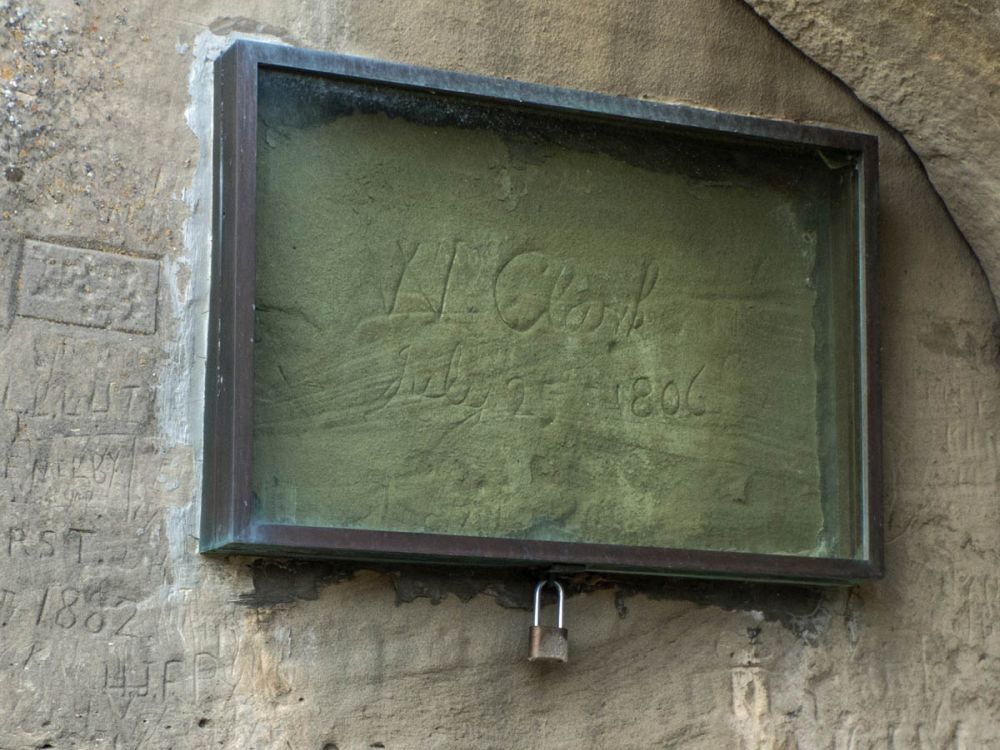
All of this history is reflected in the markings on the rock. When Clark carved his signature, he chose a place close to Native American rock drawings. This was a way of communicating with the local people, with whom he wished to establish friendly relations. Later visitors added their own signatures, creating a valuable record of the people who passed by. Unfortunately those later carvings had the effect of obscuring the Native American rock art, but you can still see some of the original red pigment, and I managed to make out a stick man and a bird.
You might also enjoy these articles:
Natural history at Pompeys Pillar
Pompeys Pillar is also remarkable for its natural environment. Plants are labelled and there are lists of animals to look out for. I saw garter snakes, grasshoppers and butterflies. I also encountered mosquitos – don’t forget the insect repellent!
A highlight of any visit is climbing to the top of the Pillar. 200 steps and a boardwalk 1,000 feet long (305 meters) mean that, unlike Clark, you don’t have to scramble up the rock. Once you have looked at the signatures, stop to take in the view across Yellowstone Valley. Even today it is an empty landscape, but try to imagine it as William Clark would have seen it: a vast wilderness, with great herds of elk and buffalo on the plains.
Pompey’s Pillar: 3039 US Highway 312. Pompeys Pillar, Montana 59064. 25 miles east of Billings. Take route I-94 to exit 23 or take Montana Hwy. 312. Open May-September 8:30-16:30. Open the rest of the year but without any visitors services, and parking only outside the main gate. The walk from there to the signatures is 3/4 mile (1.2 km). Admission: $7 per car + a transaction fee. Website.
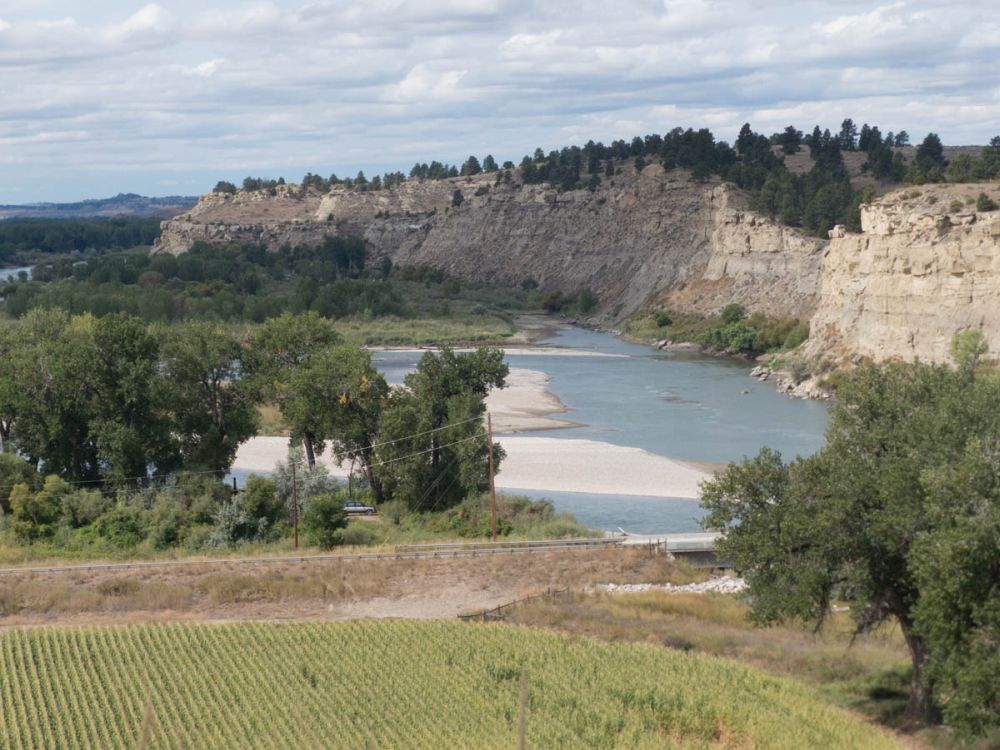
3. Little Bighorn Battlefield
The Battle of Little Bighorn of 1876 is one of the most written-about battles in American history. It is also the most mythologised, and continues to fascinate people. There’s no better way to separate fact from fiction than by visiting the place where the battle was actually fought.
The Little Bighorn Battlefield is a National Monument within the Crow Reservation. When I visited, it was raining too hard to explore on foot, so we toured by bus, joined by a guide – Marvin – who was a park ranger and a member of the Crow Nation. We passed the major points of the battle, including Last Stand Hill, and Marvin gave us fascinating insights into the progress of the battle at each point.
Close to the battlefield is the Custer National Cemetery. This includes those who died during the Battle of Little Bighorn, as well as veterans from later campaigns.
Before you leave you may wish to visit The Trading Post, where you can buy books, Native American art, and much more. I didn’t have time to try the café but it is reputed to be excellent (and I can vouch for the quality of their delicious fry bread…)
Little Bighorn Battlefield: 756 Battlefield Tour Road, Crow Agency, Montana 59022. From Billings take route I-90 eastward to exit 510 (Junction 212). Turn right at the park entrance. Open June-September 9:00-17:00 and October-May 8:00-16:00. Admission: $25 per private vehicle. Website.
4. Chief Plenty Coups State Park
Chief Plenty Coups State Park is where history moves into the 20th century. Located within the Crow Reservation, the park was the home of Plenty Coups, the last chief of the Crow Nation, who gifted his homestead to the people of Montana when he died in 1932.
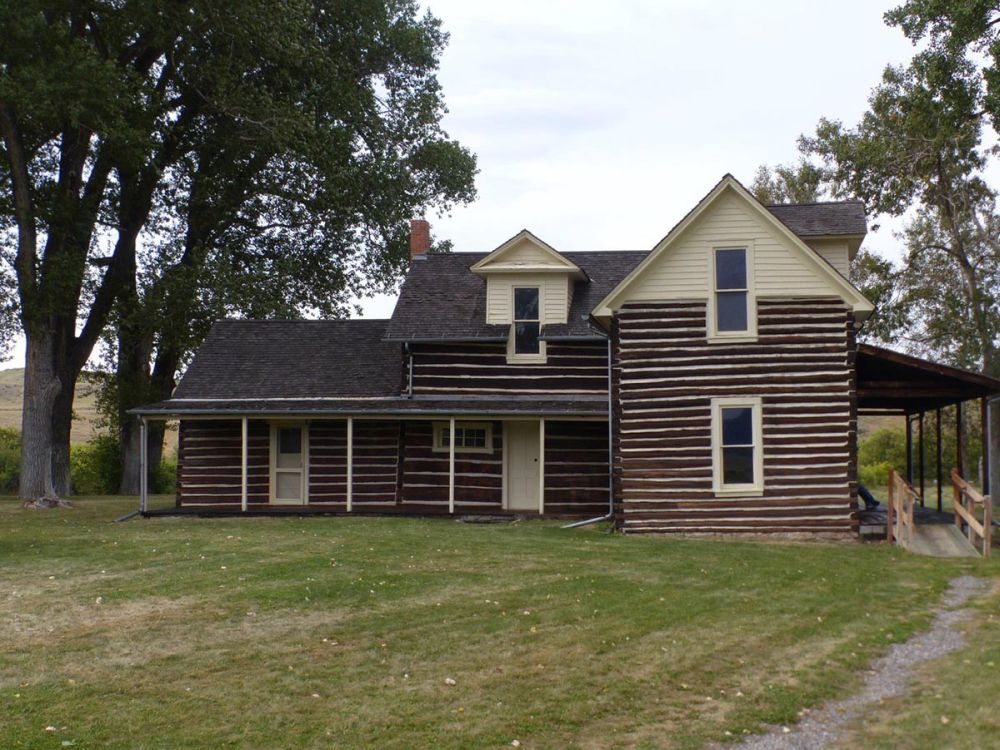
The Visitor Center has displays showing the history of the Crow people and of Chief Plenty Coups, who was instrumental in preserving the rights and traditions of his people while at the same time cooperating with the US authorities.
Then you can walk around the grounds, to see the sacred spring, Plenty Coups’ log cabin and his memorial/burial place. You can also follow a ¾-mile (1.2 km) nature trail around the grounds. It is a good spot for birdwatching, and information boards tell you what to look out for.
Just don’t step on a rattlesnake…
Chief Plenty Coups State Park: 1 Edgar/Pryor Road, Pryor, Montana 59066. Take either State Secondary Hwy 416 or Old US 87 to turn right onto State Secondary Hwy 418, also called Pryor Road. When the road ends in the town of Pryor, turn right. Open daily May-September 8:00-20:00 and in September-May on Wednesday-Sunday 8:00-17:00. There is a small fee for those who are not Montana residents. Website.
Have you visited any of these places in southeastern Montana? Do you have additional suggestions or advice? Leave a comment below!
My travel recommendations
Planning travel
- Skyscanner is where I always start my flight searches.
- Booking.com is the company I use most for finding accommodations. If you prefer, Expedia offers more or less the same.
- Discover Cars offers an easy way to compare prices from all of the major car-rental companies in one place.
- Use Viator or GetYourGuide to find walking tours, day tours, airport pickups, city cards, tickets and whatever else you need at your destination.
- Bookmundi is great when you’re looking for a longer tour of a few days to a few weeks, private or with a group, pretty much anywhere in the world. Lots of different tour companies list their tours here, so you can comparison shop.
- GetTransfer is the place to book your airport-to-hotel transfers (and vice-versa). It’s so reassuring to have this all set up and paid for ahead of time, rather than having to make decisions after a long, tiring flight!
- Buy a GoCity Pass when you’re planning to do a lot of sightseeing on a city trip. It can save you a lot on admissions to museums and other attractions in big cities like New York and Amsterdam.
Other travel-related items
- It’s really awkward to have to rely on WIFI when you travel overseas. I’ve tried several e-sim cards, and GigSky’s e-sim was the one that was easiest to activate and use. You buy it through their app and activate it when you need it. Use the code RACHEL10 to get a 10% discount!
- Another option I just recently tried for the first time is a portable wifi modem by WifiCandy. It supports up to 8 devices and you just carry it along in your pocket or bag! If you’re traveling with a family or group, it might end up cheaper to use than an e-sim. Use the code RACHELSRUMINATIONS for a 10% discount.
- I’m a fan of SCOTTeVEST’s jackets and vests because when I wear one, I don’t have to carry a handbag. I feel like all my stuff is safer when I travel because it’s in inside pockets close to my body.
- I use ExpressVPN on my phone and laptop when I travel. It keeps me safe from hackers when I use public or hotel wifi.


